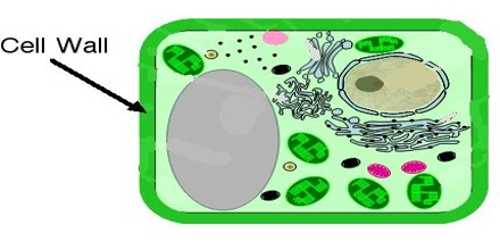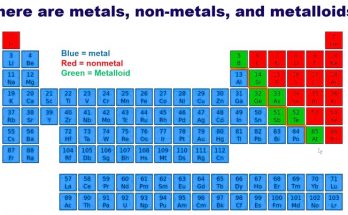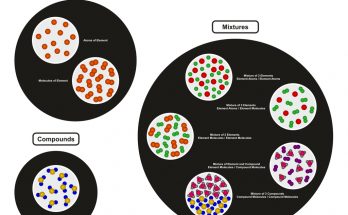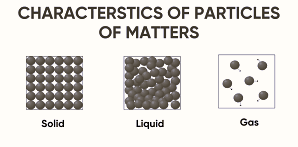Short Note on Cell wall
Table of Contents
Cell wall Definition:
A cell wall is defined as the non-living component, which covers the outmost layer of a cell and is permeable in nature.
Discovery:
Cell wall was first seen in cork cells by Robert Hooke in 1665.
Cell wall Diagram
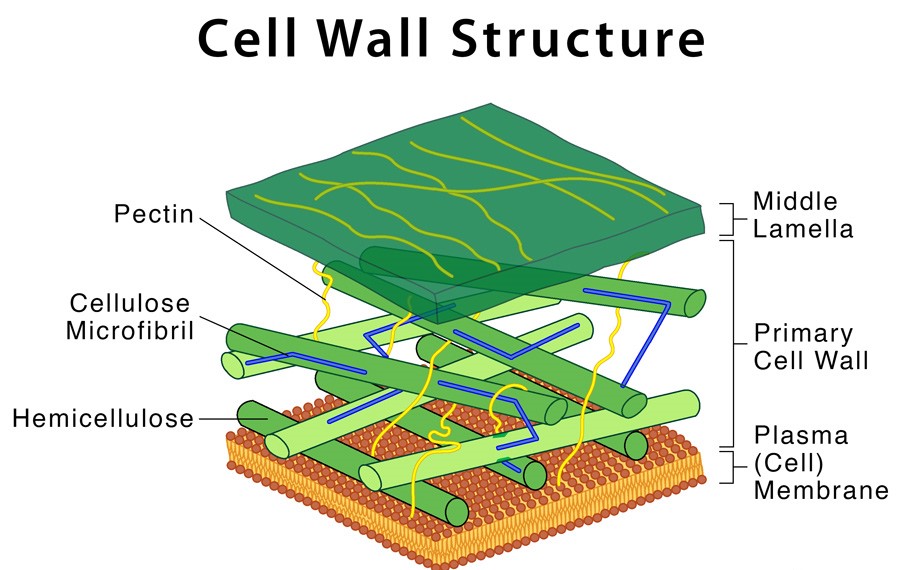
Structure:
- The thickness of the cell wall ranges from 0.1 to 10 μm.
- A cell wall has three parts – middle lamella, primary wall and secondary wall.
- Usually present in plant cells, fungi, bacteria, etc. and absent in animal cells.
Functions:
- Provides definite shape, strength, and rigidity.
- Provides protection against mechanical stress and physical shocks.
- Helps to control cell expansion due to intake of water.
- Helps in preventing water loss from the cell.
- Responsible for transporting substances between and across the cell
- Acts as a barrier between the interior cellular components and the external environment.
